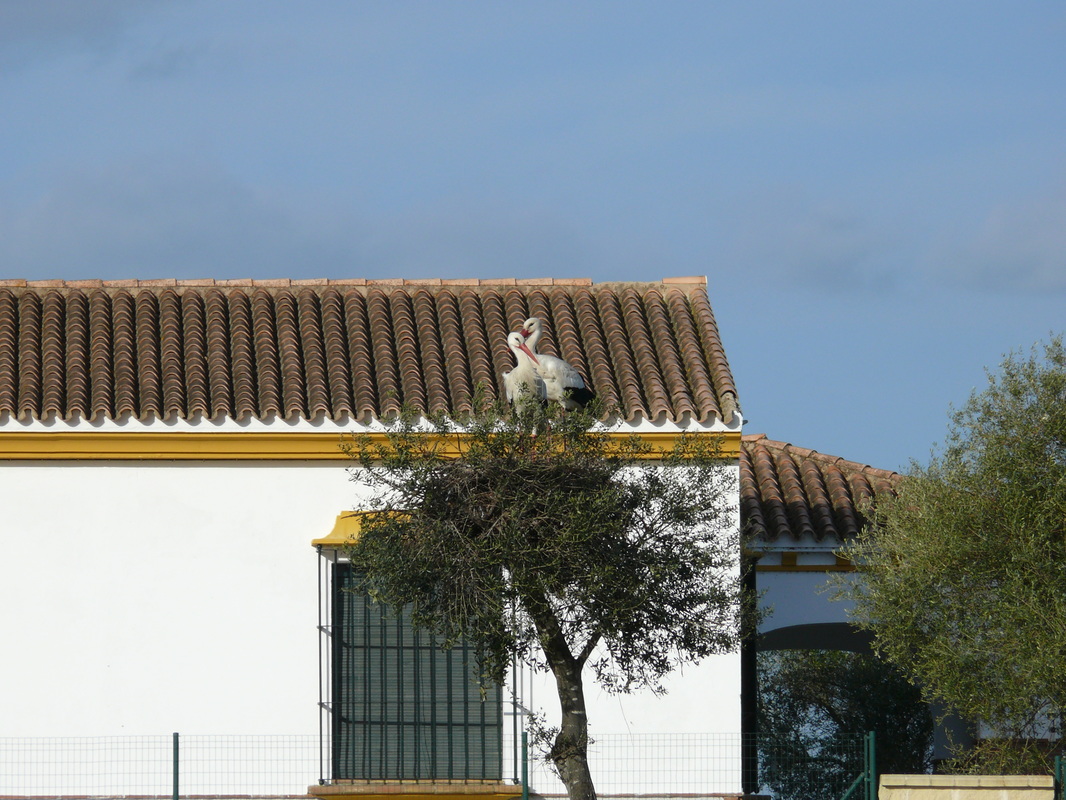A new writing project
Imbolc, usually celebrated on 1st February. The Gaelic season whose name is thought to derive from the pregnancy of ewes (“in-belly”), or Old Irish Imb-fholc (“to cleanse oneself”), or from even earlier roots to mean “budding”.
St. Brigid’s Day, originally the Imbolc festival celebrating the original Brigid, a pagan goddess. When the Christian saint Brigid of Kildare came along in the 6th century, the two identities we fused, and the Saint was allocated Imbolc as her feast-day.
German immigrants imported a pre-Christian tradition of early February weather prognostication, to the USA, where Groundhog Day on 2 February is reckoned to be more fun than the Candlemas it has largely replaced.
Groundhog Day/Candlemas is also the global celebration of World Wetlands Day, which I also think of as San Blas Eve. The following day, on 3 February, is San Blas when, according to the Spanish saying, la cigüeña verás – you’ll see the stork. “If he don’t show, plenty more snow.” A silken (cloudless) sky on San Blas morning, means a good year for vines, while planting garlic on San Blas Day is guaranteed to yield seven times as much at harvest: Por San Blas, ajete: mete uno, saca siete.
Ecologists recognise six seasons in the temperate zone, including one that bridges winter (hibernal) and spring (vernal). The Prevernal is that time when carolling birds and nebular midges happily delude themselves that winter is over, and we happily collude in the deception. After the wettest and warmest December and January since UK records began, we still await news of winter.
 Dehesa de Abajo, Doñana ©Laurence Rose
Dehesa de Abajo, Doñana ©Laurence Rose I’ll be tracking the advance of spring in a series of journeys that starts this weekend on the North African Coast and into Spain, and finishes at the beginning of June in the Arctic. There’s a special website, called The Long Spring, where I’ll be reporting back in a regular blog.
 RSS Feed
RSS Feed
